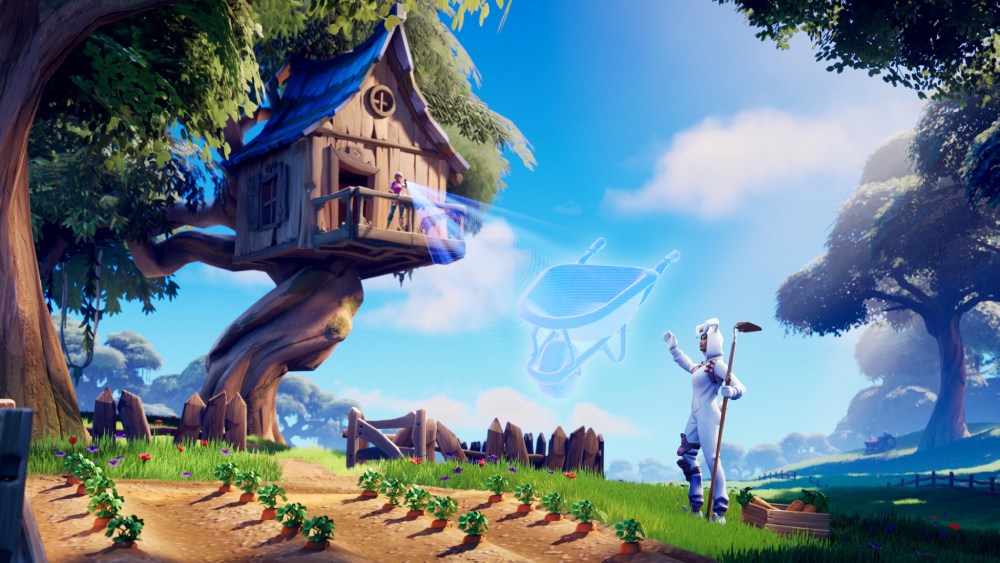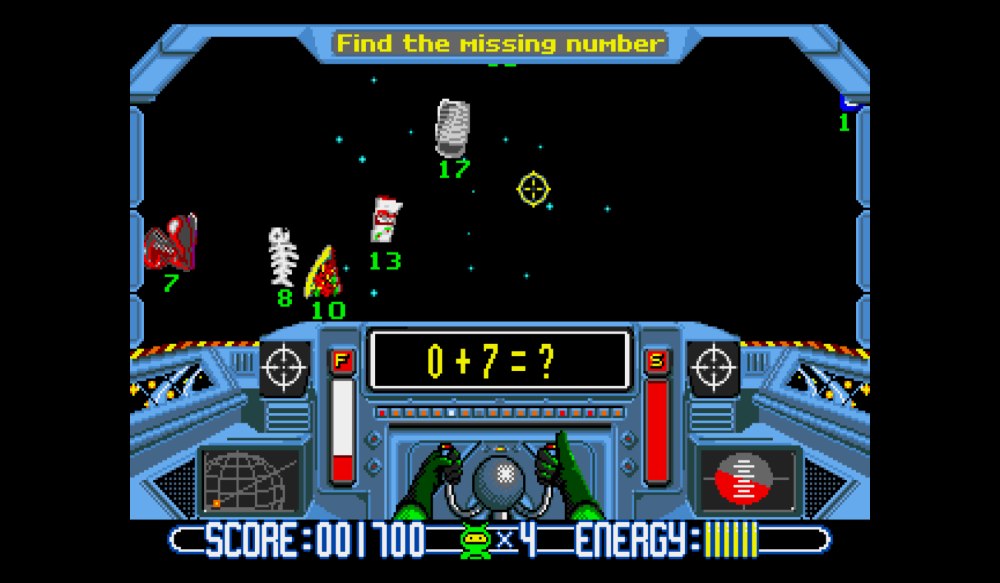With “Massive Open Online Courses” (MOOCs) and remote learning becoming increasingly popular, learning paired with gaming and Web3 can revolutionize the education sector. In this article, we take a look at the intersection of blockchain technology, gaming, and education.
How Does Web3 Gaming Enhance Learning?
If you have heard the term “gamification,” you might be interested to explore what it means in the context of Web3 and how it can be applied to e-learning. Blockchain gaming is exploring the possibilities of virtual learning mechanisms that can reward you with tokens or digital assets, deriving inspiration from the overwhelming success of traditional gaming models. We have seen early Web3 gaming models from the likes of Crypto Kitties and Axie Infinity, however, the industry is evolving rapidly through the development of AAA projects like Illuvium and others. We’re just getting started!
Now looking at education, blockchain technology can be applied to learning in many innovative ways beyond just diploma management and immutable record keeping. Let’s explore.

Fortnite Creative
Decoding Traditional Gaming Models
Educators are always looking for new ways to enhance, improve, and increase students’ attention. Chris Aviles, of the Fair Haven Public Schools in New Jersey, wrote “A Teacher’s Guide to Surviving Fortnite,” an exploration of ways the game can be used in English-language arts, math, and physics lessons. Following this thread, here are a few examples of how large-franchise games are structured and some mechanics we might consider in the development of educational Web3 games:
Fortnite
- Fortnite’s main theme is survival and adventure. With 100 players on an island, battling it out – players learn to build defensive structures, and the map shrinks as the game progresses. Thus Fortnite can reinforce teamwork, collaboration, strategic thinking, spatial understanding, and imagination, according to Stanford experts.
- Around 80 million active users play Fortnite every month. Fortnite’s virtual currency is called V-bucks. The gaming economy allows players to purchase seasonal battle passes and in-game assets like skins, emotes, etc, and provides a long list of challenges for players to complete in order to level up.
- There is a leveling system for unlocking more content and cosmetics, even though Fortnite is inherently a free-to-play game.
Skyrim
- Skyrim is an action role-playing video game (RPG) developed by Bethesda Game Studios. Earning over $1B in the first 30 days of its release, it has set the benchmark for RPG gaming. With numbers like these, it’s no wonder why Microsoft bought Bethesda for $7.5 billion.
- RPG gaming is based on storytelling with unique characters. This not only guides players through the entire game but also enhances emotional connectivity by enabling the user to control their actions.
Minecraft
- During Minecraft’s lifetime, it has generated in-game sales of approximately $3 billion. In general, Minecraft is a sandbox video game with a blocky graphic style and millions of players worldwide.
- The two most popular game modes are creative and survival, both of which could benefit from blockchain implementation. While the creative mode can enable world-building experiences that may be published to virtual land like in Decentraland, the survival genre could have a resource extraction phase through farming, fishing, and hunting which rewards you with tokens.

Math Blaster – Released 1983
Intersection of Gaming, Web3, and Educational Trends
For decades, educators have harnessed video games’ potential to engage students, promote hands-on learning, and assess students.
One possible intersection of education, web3, and gaming is to create immersive, interactive learning experiences where students can explore and learn about different concepts in a fun and engaging way. The use of web3 technology allows for secure, transparent, and decentralized tracking of student progress and achievements, and can reward them for their participation and engagement. This could lead to more personalized and effective learning experiences for students, while simultaneously empowering educators who may attain voting and governance rights to influence the future direction of the application.
Instead of fighting the tide over rising interest in gaming, educators can make the most out of both worlds in 3 ways:
- Learning with blockchain rewards: Imagine getting a unique and rare NFT of the main character after finishing the storyline. Learning from games like Skyrim, it could be a journey you go through with your character from course to course, not just in one “level” or lesson. You could also earn the native platform token while learning, which you could then use to buy other courses.
- Game mechanics for learning: At its basic level, game mechanics describe what is “happening” in a game and what the player can do. By providing learners with the opportunity to interact and change the outcome, games-based learning becomes more interesting for students by providing engaging mechanics that hold their attention. This could including things like receiving random rewards, attaining a visible social status, having a countdown to complete tasks, and much more.
- Goals & Progress: Leveling-based systems, as seen within games like Fortnite, can be incorporated into gamified learning to enhance outcomes by enhancing motivation and engagement. A gaming level provides a tangible and visual way for students to see how far they’ve progressed while gauging their demonstrated competency.
Web3 in EdTech is the Inevitable future
Web3 and gaming are set to revolutionize the education sector. Learners and teachers get to enjoy a more immersive, interactive, and engaging experience through the combination of new technologies and tried-and-true gaming mechanics. By bridging Web3 and EdTech, more students and gamers will be able to access and afford dynamic education. We are just at the start of the Web3 revolution, and just like the many other industries that are being reimagined, education is destined to be transformed again much like it was through the rise of the web 2.0.



